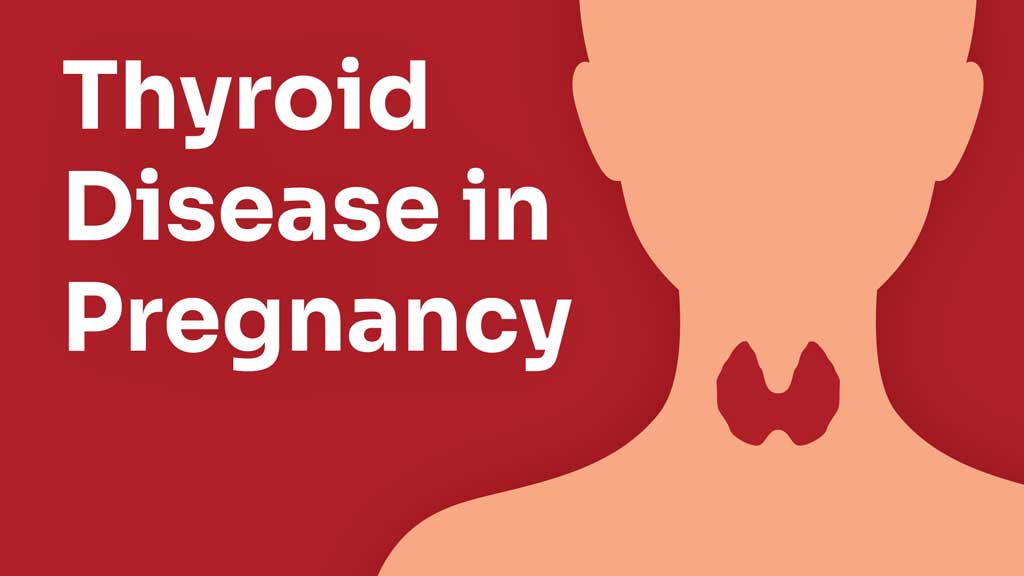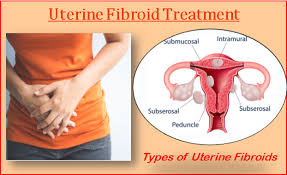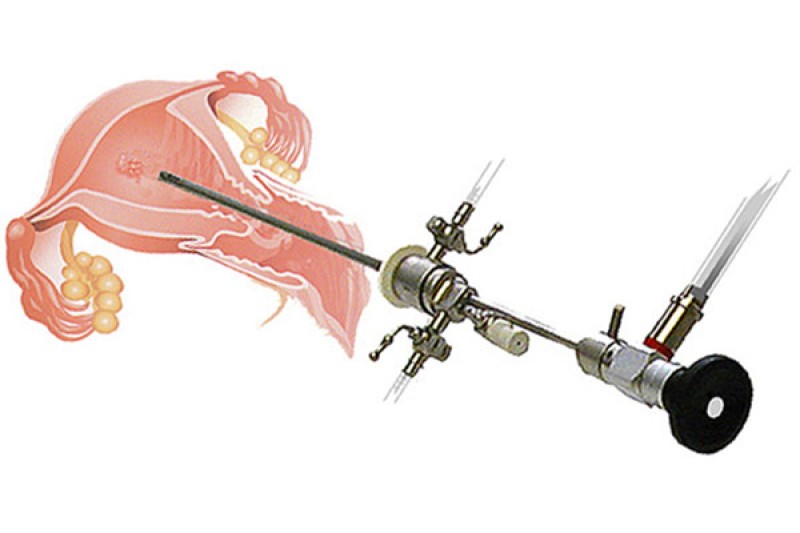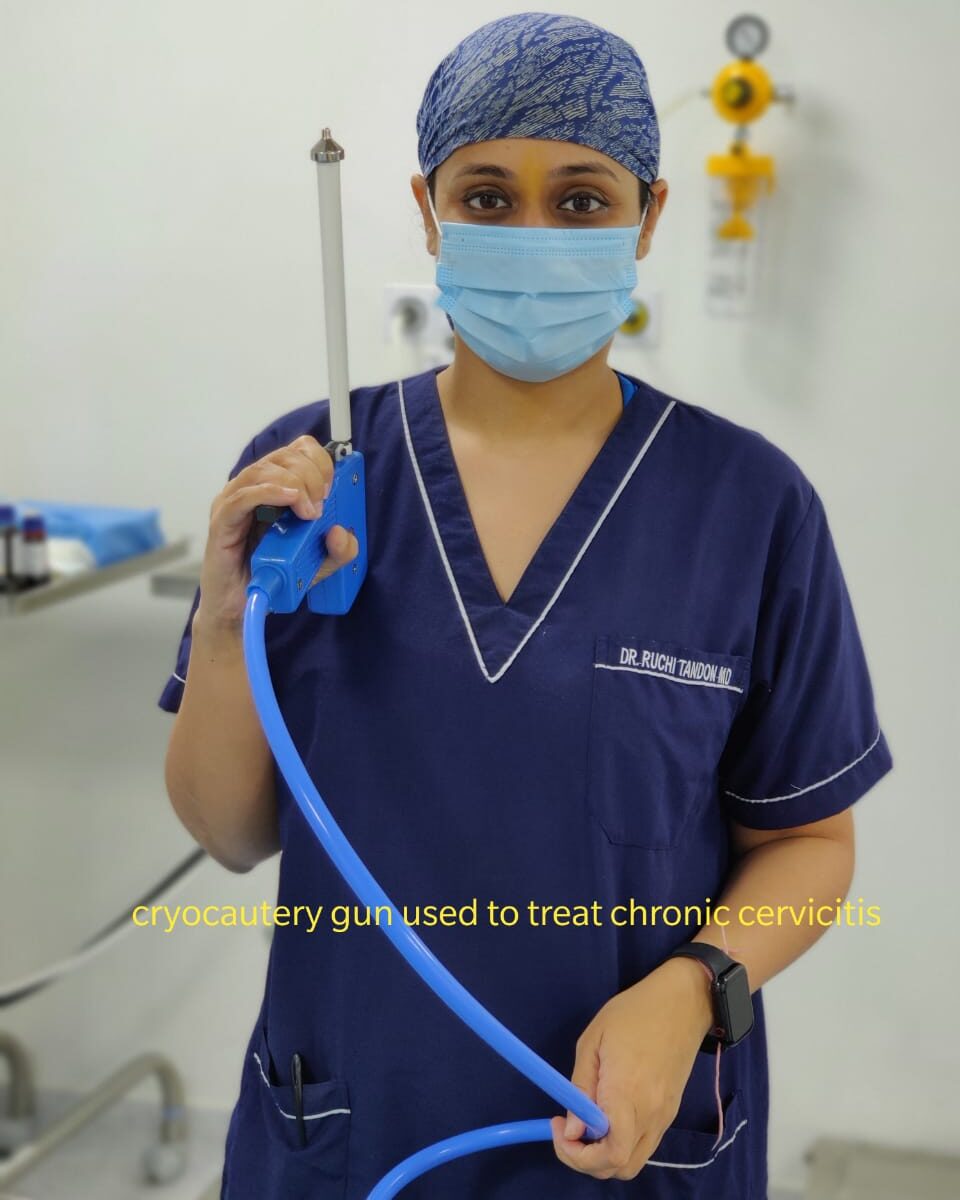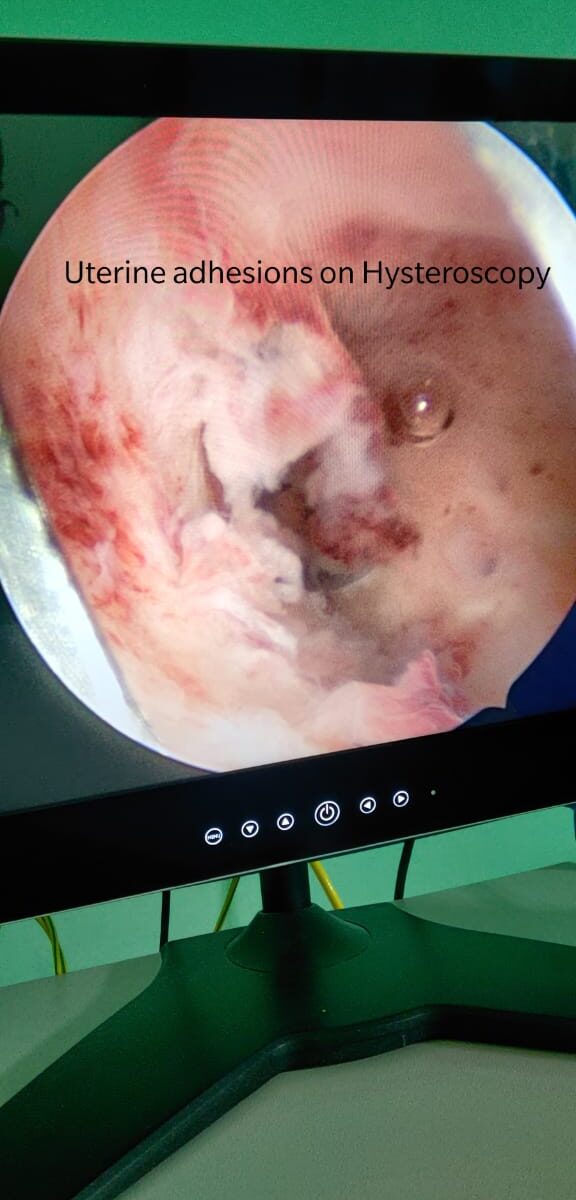PCOD, or Polycystic Ovary Syndrome, can feel like a complex issue with irregular periods, unwanted hair growth, weight struggles, and frustrating acne. But take a deep breath! You’re not alone. Plus, there are a whole bunch of treatment options available to help you manage PCOD and feel your best. In this blog, we will have look at the available treatments for this condition. However, first, you need to find an experienced PCOD specialist doctor in South Delhi.
Treating Polycystic Ovary Syndrome
Lifestyle Tweaks for Big Results
Before diving into medications, let’s explore some powerful lifestyle changes that can significantly improve your PCOD journey.
Diet
Think quality over quantity. Focus on whole, unprocessed foods like fruits, vegetables, lean proteins, and whole grains. Reduce sugary drinks and refined carbohydrates, which can worsen insulin resistance, a key player in PCOD.
Exercise
At least 30 minutes of exercise daily can be of great help. Physical activity helps regulate hormones, improve insulin sensitivity, and promote weight loss, all of which can significantly improve PCOD symptoms. Ask for a gynecologist doctor in South Delhi to know about safe exercises.
Weight Management
Even modest weight loss (5-10%) can make a big difference. It can regulate periods, improve fertility, and reduce the risk of long-term health problems associated with PCOD.
Managing Hormonal Levels
Birth Control Pills
These are a mainstay of PCOD treatment. Combination pills containing estrogen and progestin regulate your cycle, reduce androgen levels, and lower your risk of endometrial cancer, a potential concern with PCOD. Take these pills only under prescription by a PCOD specialist in South Delhi.
Progestin Therapy
If you’re not looking to prevent pregnancy, taking progestin for a specific period each month can regulate your periods and protect against endometrial cancer. However, it won’t address androgen levels.
Addressing Specific Concerns
Irregular Periods
If your periods are infrequent or absent, progestin therapy or birth control pills can help regulate your cycle. This needs to be taken under doctor’s prescription.
Infertility
If you’re struggling to conceive, medications like clomiphene citrate can help stimulate ovulation. In some cases, laparoscopic ovarian drilling, a minimally invasive surgery, may be an option. A gynecologist doctor in South Delhi can decide the best course of action after a thorough examination.
Hirsutism (Excess Hair Growth)
Birth control pills, which reduce androgen levels, are a common solution. Topical medications like spironolactone can also help.
Beyond Medications
Stress Management
Chronic stress can worsen PCOD symptoms. Explore relaxation techniques like yoga, meditation, or deep breathing to help manage stress and improve your overall well-being.
Supplements
While not a replacement for a healthy lifestyle, some supplements like inositol may offer additional benefits for managing PCOD symptoms. Discuss these with your doctor to see if they’re right for you.
Remember, there’s no one-size-fits-all approach to PCOD treatment. The best course of action will depend on your individual needs and goals. Work closely with your PCOD specialist in Greater Kailash to develop a personalized treatment plan that addresses your specific concerns and helps you feel empowered to manage your PCOD.




